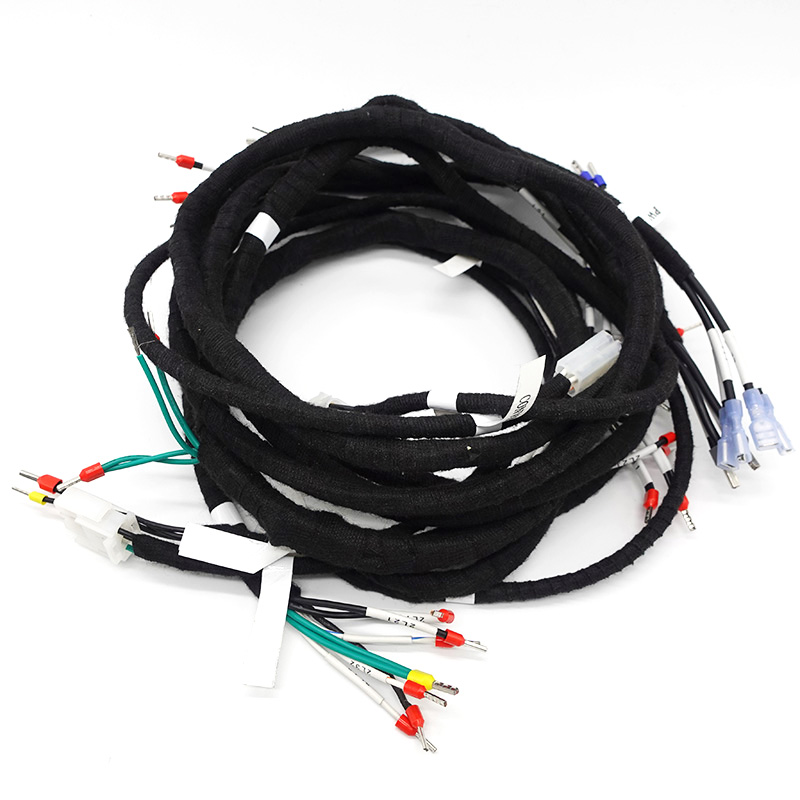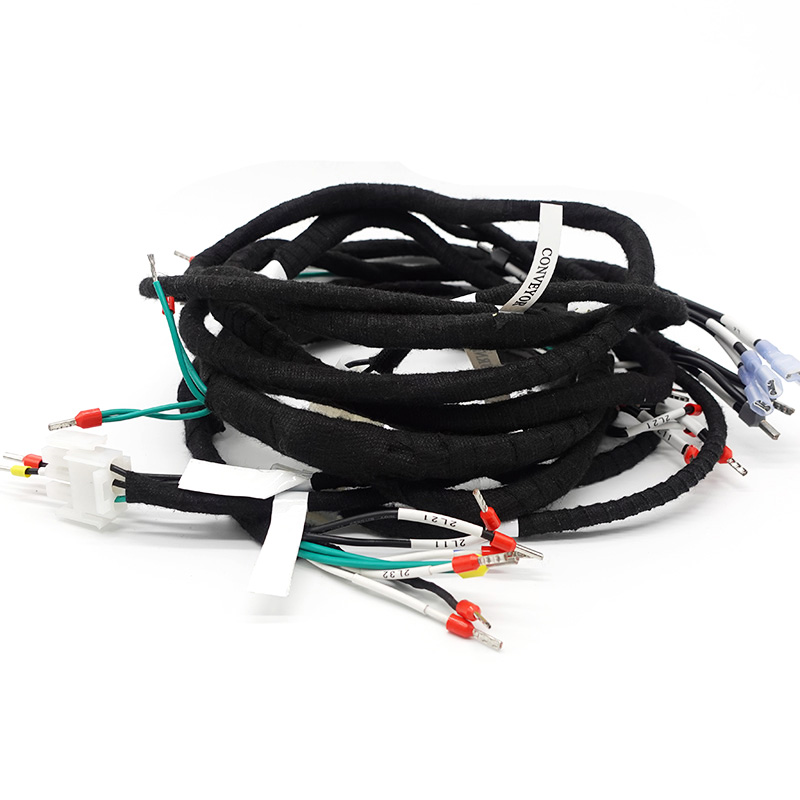Hvad er grænsefladestandarden for LVDS?
This browser does not support the video element.

LVDS interface, also known as rs-644 bus interface, is a data transmission and interface technology proposed in the 1990s. LVDS is low-voltage differential signal. The core of this technology is the high-speed differential transmission of data with extremely low voltage swing (about 350mV). It has the characteristics of low power consumption, low bit error rate, low crosstalk and low radiation. Its transmission medium can be copper PCB connection or balanced cable. LVDS is more and more widely used in systems that require high signal integrity, low jitter and common mode characteristics.
The digital video signal output from the LCD scaler circuit includes not only image signals, but also line synchronization, field synchronization, pixel clock and other signals. The maximum frequency of pixel clock signal can exceed 28MHz. Using TTL interface, the data transmission rate is not high, the transmission distance is short, and the anti electromagnetic interference (EMI) ability is also relatively poor, which will have a certain impact on the image; In addition, TTL multi-channel data signals are transmitted by means of flat lines, and the number of the whole flat lines is up to dozens, which is not only inconvenient to connect, but also not suitable for the trend of ultra-thin.In order to realize data transmission with high speed, low noise, long distance and high accuracy, people began to look for new data transmission methods, so LVDS interface technology came into being. LVDS is the abbreviation of low voltage differential signaling, which is a low-voltage differential signaling technology interface.
LVDS interface uses very low voltage swing (about 350mV) to transmit data through differential on two PCBs or a pair of balanced cables, that is, low-voltage differential signal transmission. Using LVDS interface, the signal can be transmitted at the rate of hundreds of Mbps on the differential PCB line or balanced cable. Due to the low-voltage and low current driving mode, low noise and low power consumption are realized.
